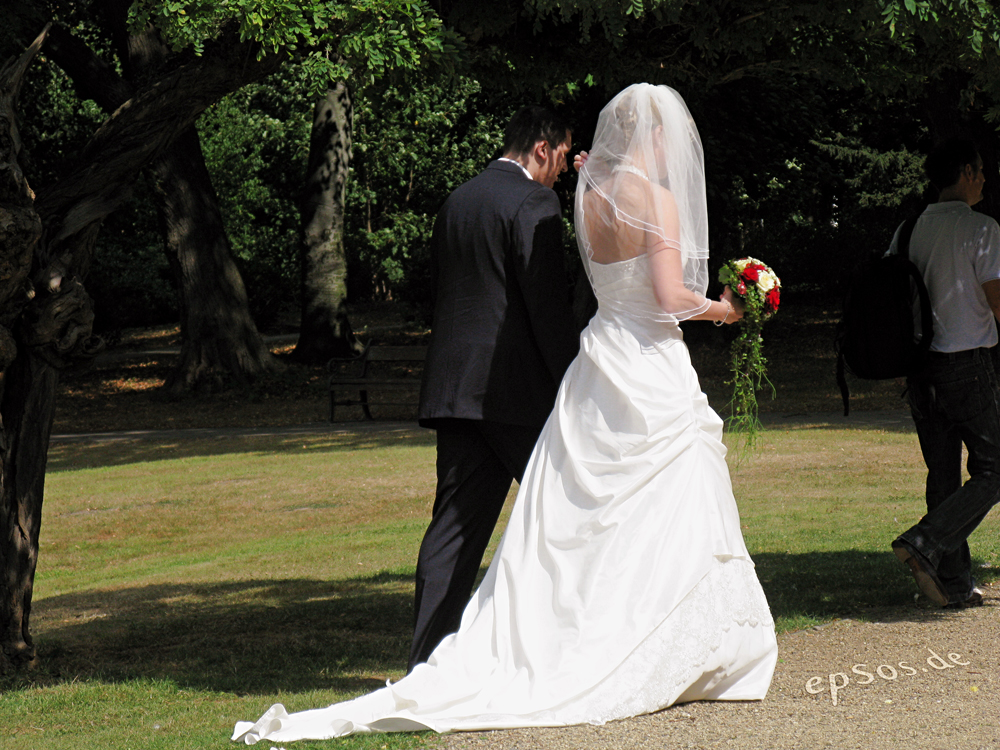| << Chapter < Page | Chapter >> Page > |

In the area of sexuality, sociologists focus their attention on sexual attitudes and practices, not on physiology or anatomy. Sexuality is viewed as a person’s capacity for sexual feelings. Studying sexual attitudes and practices is a particularly interesting field of sociology because sexual behavior is a cultural universal. Throughout time and place, the vast majority of human beings have participated in sexual relationships (Broude 2003). Each society, however, interprets sexuality and sexual activity in different ways. Many societies around the world have different attitudes about premarital sex, the age of sexual consent, homosexuality, masturbation, and other sexual behaviors that are not consistent with universally cultural norms (Widmer, Treas and Newcomb 1998). At the same time, sociologists have learned that certain norms (like disapproval of incest) are shared among most societies. Likewise, societies generally have norms that reinforce their accepted social system of sexuality.
What is considered “normal” in terms of sexual behavior is based on the mores and values of the society. Societies that value monogamy, for example, would likely oppose extramarital sex. Individuals are socialized to sexual attitudes by their family, education system, peers, media, and religion. Historically, religion has been the greatest influence on sexual behavior in most societies, but in more recent years, peers and the media have emerged as two of the strongest influences, particularly with American teens (Potard, Courtois, and Rusch 2008). Let us take a closer look at sexual attitudes in the United States and around the world.
Cross-national research on sexual attitudes in industrialized nations reveals that normative standards differ across the world. For example, several studies have shown that Scandinavian students are more tolerant of premarital sex than are American students (Grose 2007). A study of 37 countries reported that non-Western societies—like China, Iran, and India—valued chastity highly in a potential mate, while Western European countries—such as France, the Netherlands, and Sweden—placed little value on prior sexual experiences (Buss 1989).
Even among Western cultures, attitudes can differ. For example, according to a 33,590-person survey across 24 countries, 89 percent of Swedes responded that there is nothing wrong with premarital sex, while only 42 percent of Irish responded this way. From the same study, 93 percent of Filipinos responded that sex before age 16 is always wrong or almost always wrong, while only 75 percent of Russians responded this way (Widmer, Treas, and Newcomb 1998). Sexual attitudes can also vary within a country. For instance, 45 percent of Spaniards responded that homosexuality is always wrong, while 42 percent responded that it is never wrong; only 13 percent responded somewhere in the middle (Widmer, Treas, and Newcomb 1998).

Notification Switch
Would you like to follow the 'Introduction to sociology' conversation and receive update notifications?